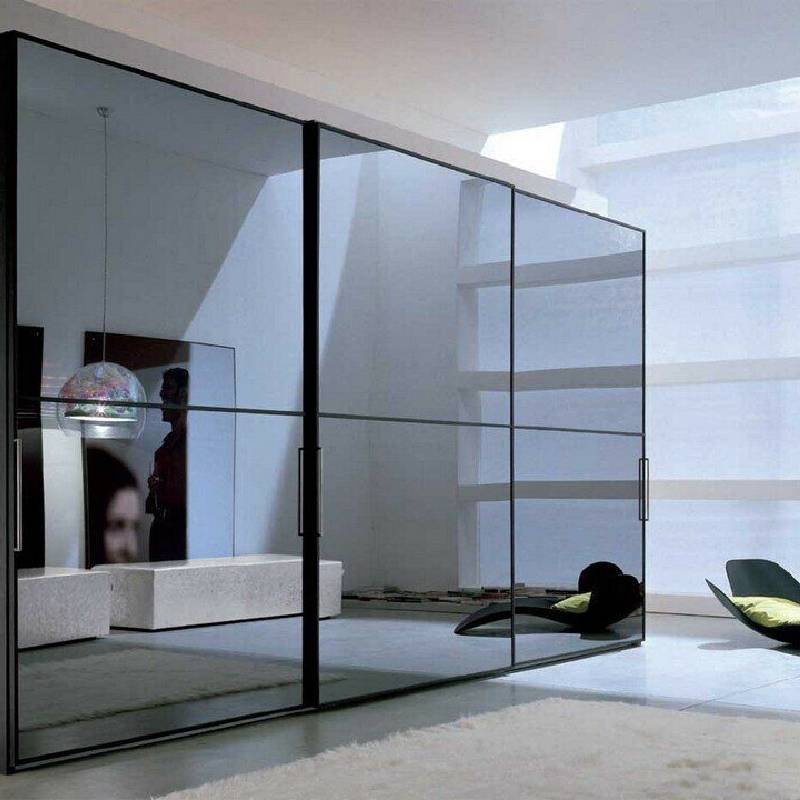

The Art and Craft of Mirror Glass Manufacturing
In an age where design and aesthetics play a crucial role in our daily lives, the mirror glass factory stands as a testament to the intricate art of craftsmanship and technological innovation. Mirror glass, a staple in modern architecture and interior design, reflects not only images but also the creativity and precision involved in its production. This article delves into the fascinating world of mirror glass manufacturing, exploring its history, processes, applications, and future trends.
A Brief History of Mirror Glass
The history of mirrors can be traced back to ancient civilizations, where polished stones like obsidian were used to reflect images. Over the centuries, advancements in technology and materials led to the production of more sophisticated mirrors. By the 16th century, glass mirrors were being manufactured in Venice, Italy, where artisans developed techniques to coat glass with a thin layer of mercury to create a reflective surface. This technique, while effective, posed health risks and was eventually replaced by safer methods, such as silvering.
Today, the modern mirror glass factory employs advanced technologies to produce high-quality mirrors that are not only functional but also cater to various design preferences.
The Manufacturing Process
The manufacturing process of mirror glass involves several critical steps
1. Glass Production The first step in mirror glass manufacturing is the production of flat glass. This is typically done using the float glass method, where molten glass is poured onto a bed of molten tin, creating a smooth, flat surface as it cools.
2. Cutting and Shaping Once the glass is produced, it is cut into various sizes and shapes depending on the intended application. This can range from small decorative mirrors to large wall panels.
3. Surface Preparation The glass surfaces must be cleaned and polished to ensure optimal reflection. Any imperfections or impurities can affect the quality of the final product, so this step is crucial.
4. Silvering The next step involves applying a reflective coating, traditionally done with silver. In modern factories, a thin layer of silver nitrate may be used to create a uniform reflective surface. This process requires precision to ensure the coating adheres properly and evenly.

5. Coating and Protection After silvering, the mirrors are coated with additional layers to protect the reflective surface from tarnishing and damage. These coatings can include a layer of paint or a specialized protective film.
6. Quality Control Before the mirrors are packaged and shipped, they undergo rigorous quality control checks. This ensures that they meet industry standards for clarity, durability, and safety.
Applications of Mirror Glass
Mirror glass is used in various applications, ranging from everyday household items to luxurious architectural features. In homes, mirrors can enhance spaces by adding depth and light. They are commonly found in bathrooms, bedrooms, and living areas, serving both functional and decorative purposes.
In commercial settings, mirrors are utilized in retail environments to create an illusion of greater space and to enhance customer experience. Additionally, mirror glass is frequently employed in the design of offices and public buildings, where it can serve as both a design element and a functional tool for reflection.
The Future of Mirror Glass Manufacturing
As technology continues to evolve, the mirror glass industry is witnessing exciting innovations. Eco-friendly manufacturing processes are being developed to reduce environmental impact, including the use of recycled materials and sustainable production methods. Smart mirrors, integrated with touchscreen technology and digital displays, are becoming increasingly popular, paving the way for a new era of interactive design.
Moreover, advancements in coatings and materials promise even higher levels of durability and resilience, poised to meet the needs of modern consumers seeking both functionality and style.
Conclusion
The mirror glass factory is more than just a place of production; it embodies a rich history of craftsmanship and innovation. With its blend of art and science, mirror glass manufacturing continues to evolve, adapting to the changing demands of society while enhancing our environments with beauty and functionality. As we look to the future, the possibilities for mirror glass are limitless, reflecting not only our images but also our aspirations.